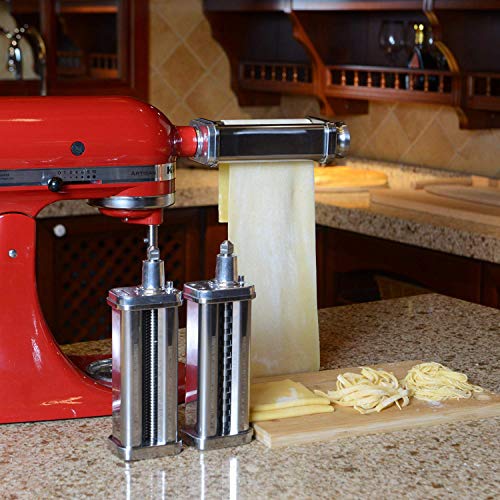Critically Asian: Luffa
This vegetable goes by many names: luffa, angled luffa, Chinese language language okra, and silk squash. Darkish inexperienced with ridges that run every quarter inch or so by means of the dimensions of the squash, Chinese language language okra would not have quite a bit in widespread with the little finger-length squash everyone knows as okra inside the States.
I favor the establish “luffa,” an apt reminder of the reality that if the squash is dropped at maturity and dried, it’d actually be used as a sponge (spelled alternatively as loofah).
Youthful, immature luffa are nice to eat. Of their prime consuming stage, the fashion and texture resembles zucchini, though luffa are significantly better at sopping up liquid, as a result of the sponge reference suggests.
You presumably can see from the cross-section proper right here that the squash is foamy as quickly as you slender earlier the darkish pores and pores and skin. Steamed or simmered, sections of luffa will shock you with how quite a bit liquid is being held inside the inside flesh. It may be basically essentially the most succulent squash I’ve cooked, come to consider it.
You’ll uncover luffa at Chinese language language and Southeastern Asian markets. Choose company, unblemished luffa which may be spherical 10 inches prolonged with a young, practically velvety pores and pores and skin that yields barely when squeezed. Older luffa might have rougher, extra sturdy pores and pores and skin.
“what it lacks in appears to be it makes up for in utility.”
Whereas luffa just isn’t one of many essential engaging greens available on the market, what it lacks in appears to be it makes up for in utility. I uncover it most nice when steamed on account of the flesh retains its juiciness and delicate style whereas sopping up the broth or sauce when cooking. Steamed with stock, a plate of luffa shall be accomplished with a drizzle of sesame oil and soy sauce, or add browned garlic and slices of chili pepper for further style.




:max_bytes(150000):strip_icc()/__opt__aboutcom__coeus__resources__content_migration__serious_eats__seriouseats.com__images__20100723-srslyasian-f4da9ec7b7b94b14a13ceb7d31370b72.jpg?w=1200&resize=1200,0&ssl=1)
:max_bytes(150000):strip_icc()/__opt__aboutcom__coeus__resources__content_migration__serious_eats__seriouseats.com__2019__01__20190111-buldak-korean-fire-chicken-vicky-wasik-38-ff0a5e8229a046589129ee1b1d8a50dc.jpg?w=1200&resize=1200,0&ssl=1)
:max_bytes(150000):strip_icc()/DonxoteExtra-LongWoodenChopsticks16.5InchesSetof2Pairs-0989d7dbbdb54582bac5f8b2dd1811cc.jpg?w=1200&resize=1200,0&ssl=1)